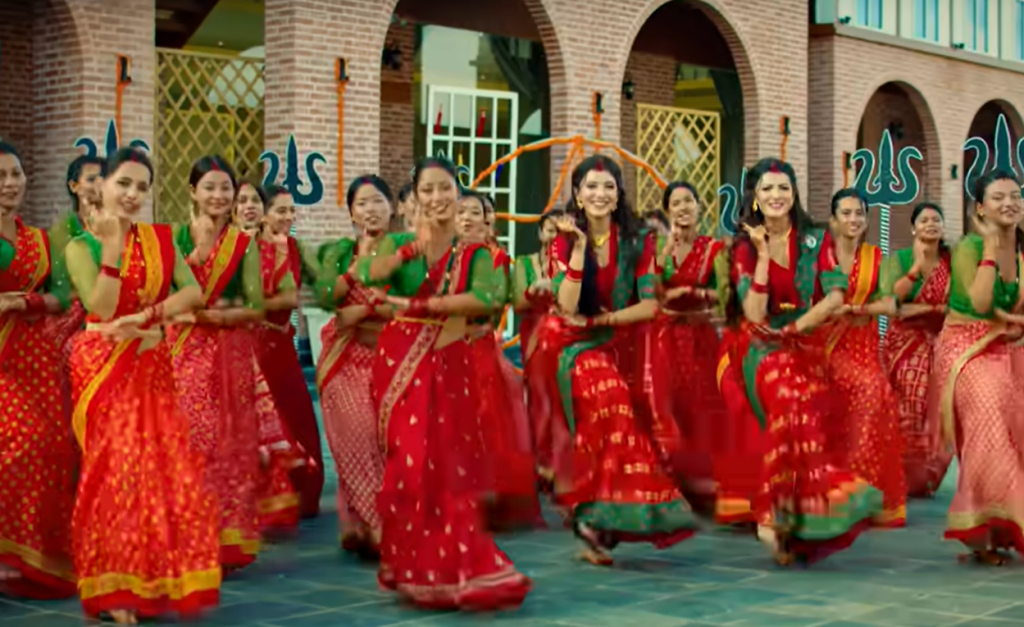
Teej is one of the most significant Hindu festivals for women in Nepal, celebrated with deep traditional, cultural, and religious value. Beginning on the second day of the bright fortnight of Bhadra with the feast known as Dar Khane Din (feast day), it concludes on the third day with a fasting ritual, followed by the worship of the Saptarishi (Seven Sages) on the fifth day after Ganesh Chaturthi.
Traditional Roots and Social Practice
Traditionally, Teej was a time for married daughters and sisters to return to their parental homes, enjoy feasts, wear new clothes, and share their joys and sorrows. It provided a rare opportunity for women, who often faced family restrictions and hardships, to reunite, rest, and express their emotions through folk songs and dances.
In the past, when women had limited freedom and endured household oppression, Teej acted as an informal platform for emotional release and social communication. Women would sing songs narrating their suffering, longings, and even social injustices, creating awareness within their circles.
Cultural and Emotional Significance
The festival was not only about fasting and feasting but also a symbol of social harmony, family reunion, and entertainment. It gave voice to women’s suppressed stories in an era with limited communication. Folk songs described not only personal struggles but also social events and circumstances, echoing for months in communities.
For many women, especially daughters-in-law, Teej was the only occasion to enjoy good food, wear fine clothes, and relieve year-long mental and physical exhaustion. It became a symbolic festival of women’s liberation and empowerment, even in a patriarchal and restrictive society.
Mythological Connection: Parvati and Shiva
Teej is closely linked to the legendary story of Goddess Parvati and Lord Shiva. According to mythology, Parvati’s wish to marry Shiva, despite her father Himalaya’s decision to marry her to Vishnu, reflects the deep-rooted patriarchy of the time—where women’s voices were often unheard.
Parvati’s determination, her secret retreat with friends, and her ultimate success in choosing her life partner symbolize women’s right to select their future spouse and their struggle for autonomy. The tale also reveals the conflict between societal expectations of arranged marriage and personal choice.
Teej in the Modern Context
Today, the meaning of Teej is evolving. With growing education, economic independence, and legal empowerment, most women no longer depend solely on parental homes for celebration. While some traditional practices remain, modern Teej is also a celebration of music, dance, and social gatherings, beyond its religious and fasting aspects.
Women now celebrate Teej not only as a religious ritual but also as an opportunity for cultural expression, social networking, and joy.
From Past to Present
Traditional Teej songs still recall memories of being welcomed at the maternal home, served delicious dishes like milk-based desserts, pickles, seasonal vegetables, and fruits. But the essence of Teej has broadened—it is no longer limited to suffering and sacrifice but also embraces togetherness, self-expression, and women’s solidarity.










